
- HOME PAGE
- TOURS LIST
- SITE INDEX
- THIS TOUR SUMMARY
-
TOUR BLOG
DAY 1 - BANGKOK/PHETCHABUN, 18 November 2014 DAY 2 - PHETCHABUN/KHAO KHO, 19 November 2014 DAY 3 - KHAO KHO, 20 November 2014 DAY 4 - KHAO KHO, 21 November 2014 DAY 5 - KHAO KHO/LOM KAO, 22 November 2014 DAY 6 - LOM KAO, 23 November 2014 DAY 7 - LOM KAO/CHAT PRAKAN, 24 November 2014 DAY 8 - CHAT PRAKAN/NAN, 25 November 2014 DAY 9 - NAN, 26 November DAY 10 - NAN/PUA, 27 November DAY 11 - PUA, 28 November DAY 12 - PUA/THA WANG PHA, 29 November DAY 13 - THA WANG PHA/NAN, 30 November DAY 14 - NAN/PHRAE, 1 December 2014 DAY 15 - PHRAE/PHITSANULOK, 2 December 2014 DAY 16 - PHITSANULOK/BANGKOK, 3 December 2014 DAY 16 - CONCLUSIONDay 9 - Wednesday 26 November 2014, Nan
Short break.....I awake just before 7 am and add final touches to my blog but today, now I am in Nan and into the second week of the tour I've decided to take a break. There's a matter of laundry to consider and although I've obtained a local map and could start a tour immediately, it's unlikely that I will make a move much before lunch. I catch up with the news and Chelsea have registered an amazing away win 5 : 0 at Schalke in the Champions League. Breakfast is no issue. I don't need to go into the forest today. I can get some hot water for coffee to go with breakfast snacks. I study my map and settle up for another night at Chanasin motel. At that moment they provide me with another map which is more informative. Oddly, this map doesn't list this motel despite dozens of hotels and guesthouses listed in Nan. It causes me to think that there were better options, but I'm restricted to another night here mainly to get some washing dry. My attention now turns to some activity for the day and there's no shortage of options.
Temples of Nan (1).....Now I'm out of the forest, natural features are not likely to figure today. If you wish to follow this blog tour for 'Natural Thailand' I suggest you switch off and come back tomorrow because whichever map I choose to follow it's obvious today will be all about temples. If I thought Nan city could be explored in a morning as I did in Phetchabun that idea has long gone. There are at least 10 temples of major historical importance and a score of others in or within easy reach of the city. It's still only 10 am though: So much for a rest day as head into the city.
The danger is that with so many temples on the circuit around Nan I will lose track of it all. But every temple has a story to tell. It's important that I keep a photographic record and as far as research goes most temples have a signboard in English. This is an important source of information which I can merge with brochures and internet sources to bring life to these precious sites. Before lunch, I cover two temple sites. The first is Wat Ming Muang which contains the city pillar shrine. Its all white structure, richly decorated in relief is presently being cleaned in preparation for the New Year festivities. Just a block away is Wat Pumin, Nan's most famous temple built in Thai Lue style in 1596. Just wandering around the grounds and visiting the viharn takes time. It's moving towards midday.
Nan National Museum.....Before I move on to more temples, in a block to the north is the Nan National Museum. Unlike at Phetchabun there is a fee for foreigners of 100 baht. As I wander around I am impressed and the fee represents good value, but I always ask why do they discriminate when Thais enter for free? The museum occupies two floors. The first floor exhibits ethnological data concerning the native people and the minority groups living within the boundary of Nan Province. The second floor features art history and archaeological data and evidence; most of the exhibits are Buddhist relics. I get carried away with camera firing around every corner. Quite what I'm going to do with all this data I really don’t know.
It's now time for lunch and a logical place to satisfy this need is on the banks of the Nan River. I turn left after crossing the Phatana Phak Nuea Bridge and soon find a suitable restaurant. What's on offer here is a Northern dish known as Kow Soi. I just remembered how tasty this dish is. It is a soup with a special curry sauce base using local spices and coconut milk. The meat, in this case chicken is boiled in the sauce for 45 minutes. It is served with coriander and noodles which are boiled and deep-fried. Amazing!
Temples of Nan (2).....The main reason for crossing the river is to reach another important temple, Phra That Chae Hang. This temple dating from 1355, under the reign of Pray Kan Muang, is the most sacred temple in Nan Province. I return to the city and really stumble across another temple, Wat Phraya Phu. This wat was built during the reign of Pra Chao Phukheng and is about six centuries old. It's now mid-afternoon and I promised myself an easy day. Just one more temple and I must call it a day. There is a temple situated on a small hill known as Wat Phrathat Khao Noi, just a few kilometres outside the city but as I look for the turning for that I pass another temple, Wat Phra That Chang Kham. This wat is the second-most important temple (Tha Pha Kong) in the city and dates back to the 14th century. There is faint evidence of murals in the vihara that are better left undisturbed while as the rear is a stupa featuring 24 elephants around the base. It's now gone 3 pm and I must press on to my last temple today. I locate Wat Phra That Khao Noi on the 1025 leading off the main highway 101 south of the city. The hill is 800 feet high. The original temple here was founded in 1487 built in Lanna and Burmese style. On the top of the hill, easily accessed by a road is a giant Buddha statue facing towards the city offering splendid views. The viharn is small as is the stupa, currently being renovated. It's time to head back. Back in the room I'm soon asleep.
Learning something new.....At 5.30pm I'm thinking about dinner. Given the amazing kow soi I had for lunch I head back to the same restaurant. Evening dining is quite different laid out for a dish called 'suki' or more commonly known in Isan, 'jim-jum'. Basically, the same ingredients are used as for 'moo ghata' but there is no grilling. All the vegetables and meat are added to boiling stock and consumed as a soup with spicy sauce. It's a great way to spend the early evening watching the sun go down and some activity on the water. Pity I forgot to bring my camera though. As I head back to my room I pick up some provisions for the morning at 7-Eleven then it's back to my blog. Every day I manage to learn something new. Today was mostly about temples while the National Museum was most informative. However, my overall understanding of the area is so limited after only 1 day here. What has impressed me most is learning about the history of the province dating from the 14th century and how the Buddhist religion has been the key in molding mixed ethnic groups under one banner yet allowing expression for each. The temples I visited today are from different stages of Nan's development and vary widely in their architecture and design. Most important I've understood that some of Nan's unimposing temple structures are among the oldest in Thailand and this makes them more sacred. As I close for the evening my work in Nan is not finished, but I don't know exactly what the plan is for tomorrow. It's unlikely though that I will stay at Chanasin for a third night.
Next Page.
Nan Province
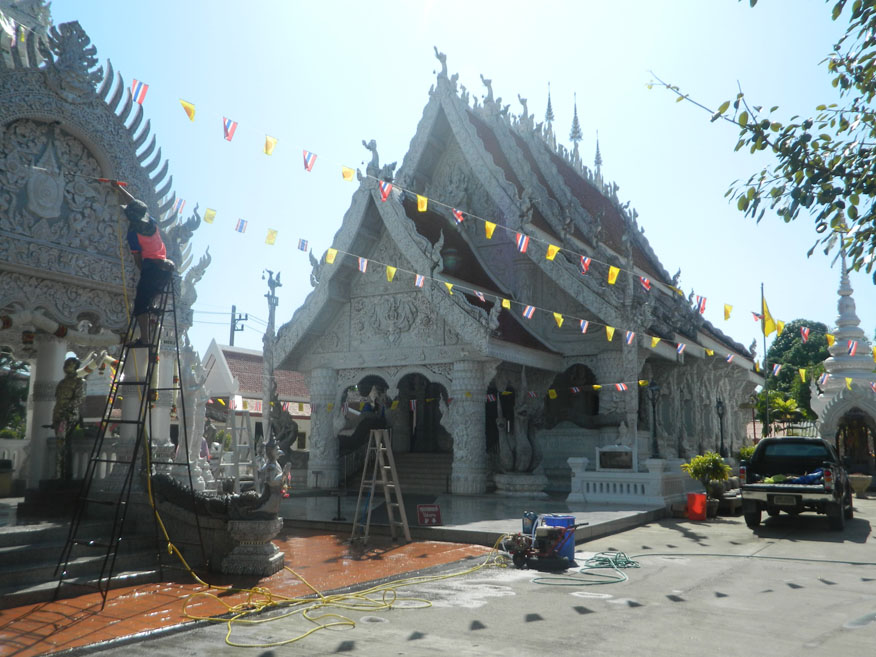
Wat Ming Muang
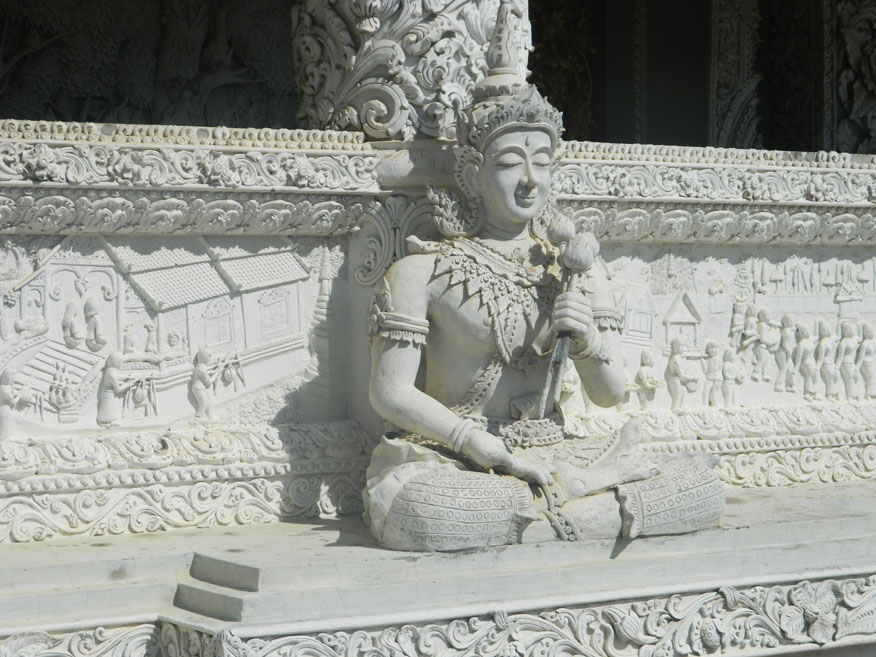
Sculpture at Wat Ming Muang
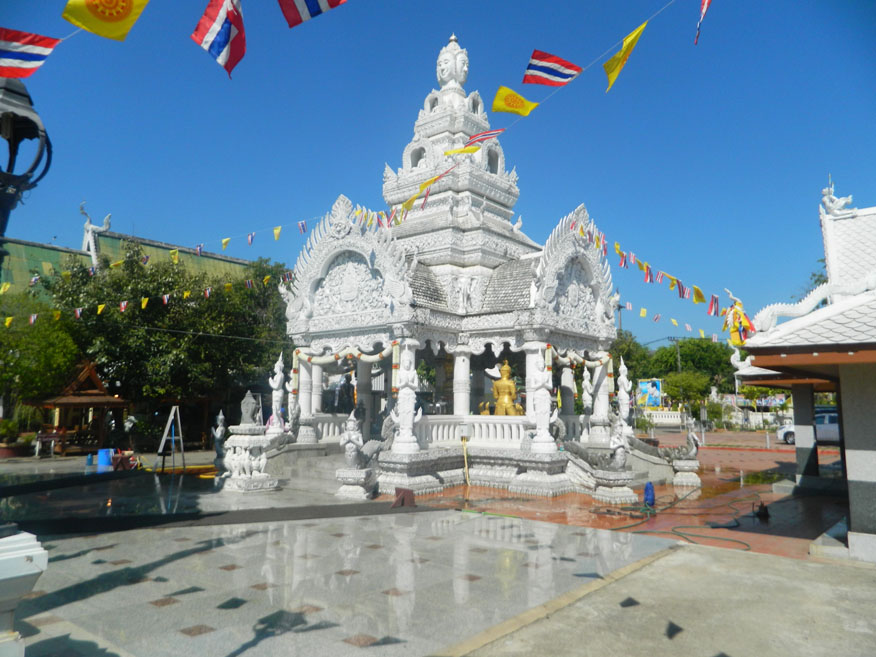
Pavilion housing the City Pillar,
Wat Ming Muang
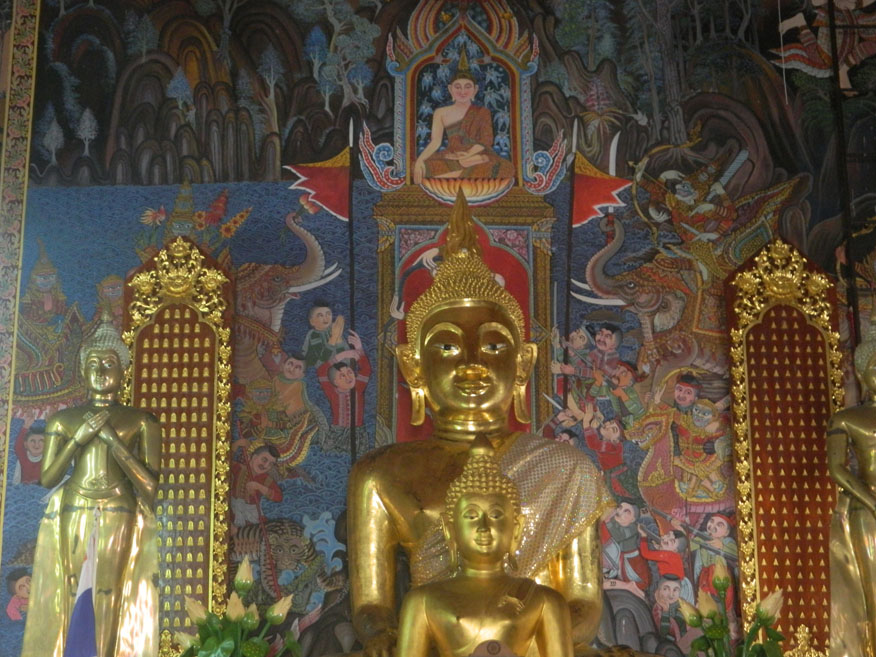
Buddha Image, Wat Ming Muang

Mural Painting, Wat Ming Muang
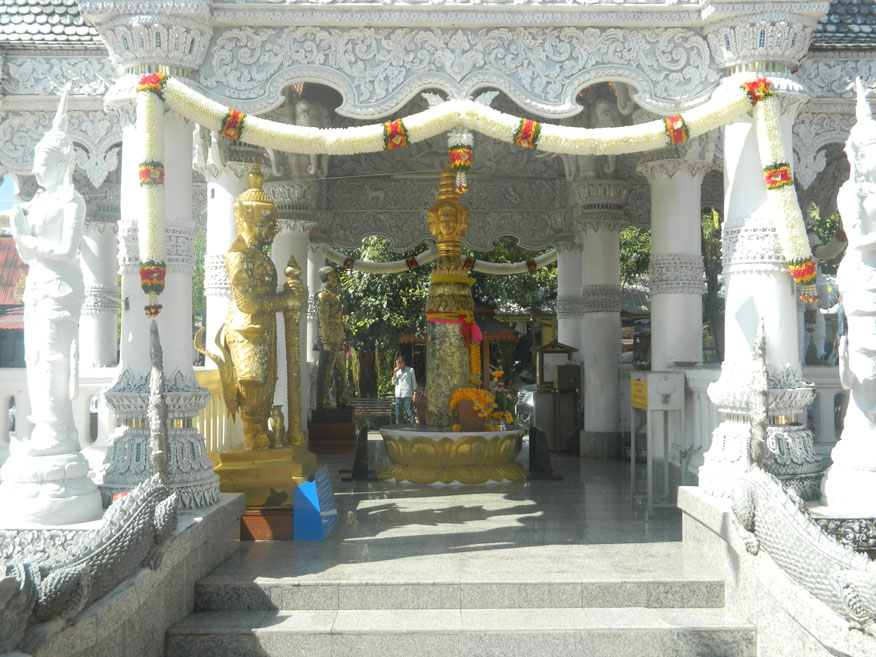
City Pillar, Wat Ming Muang
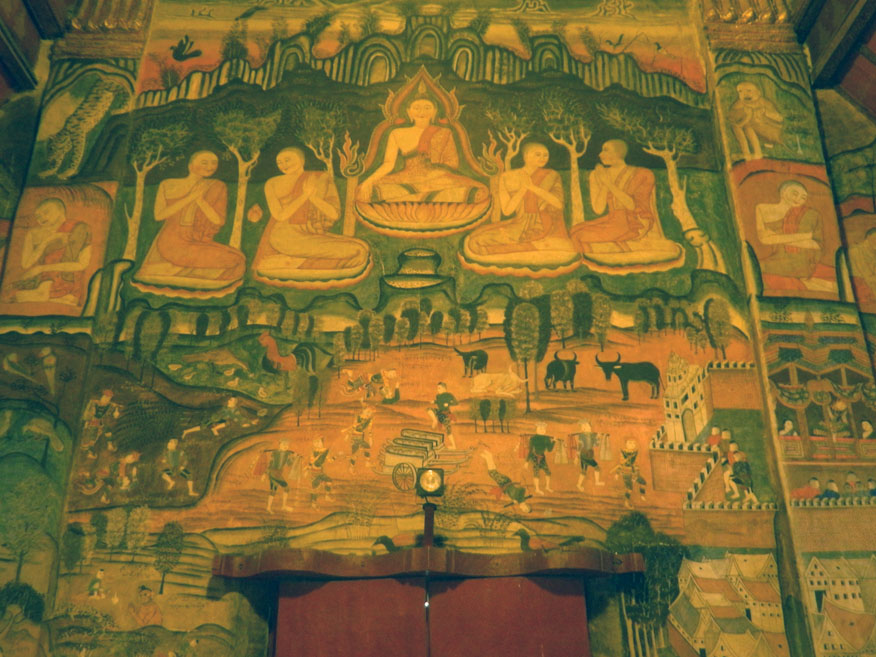
Mural Painting, Wat Pumin
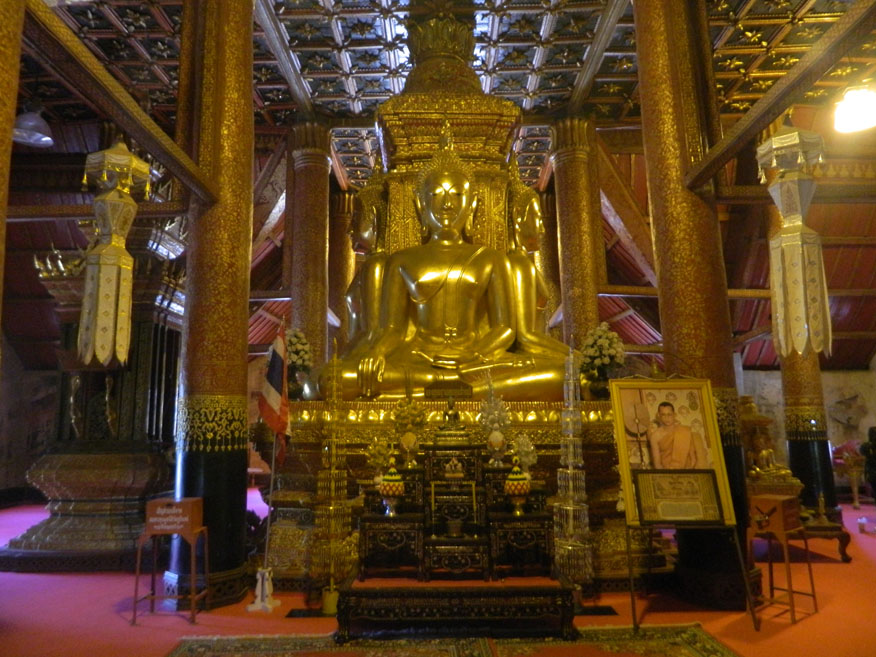
Buddha Image, Wat Pumin
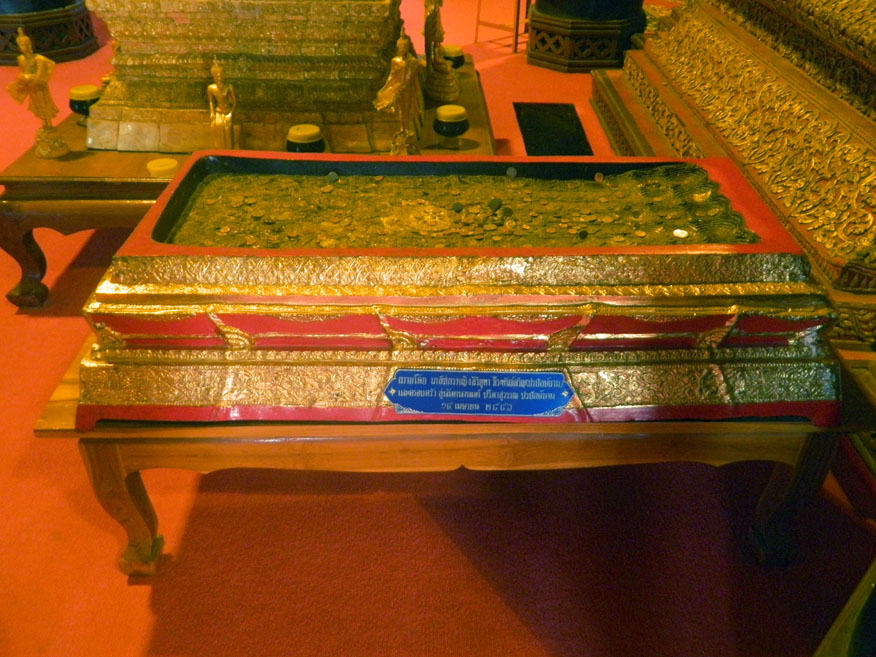
Buddha Footprint, Wat Pumin
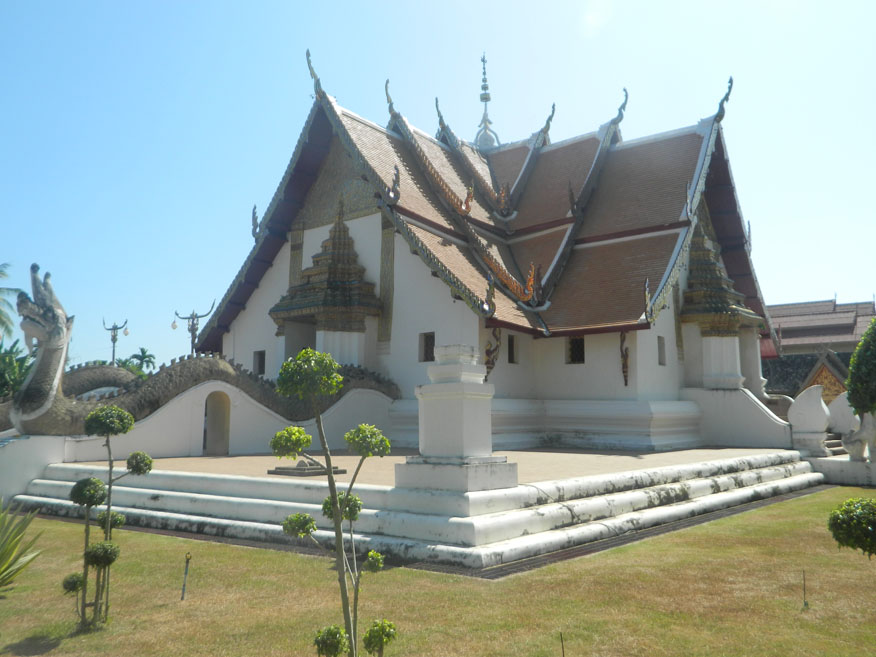
Wat Pumin, Nan
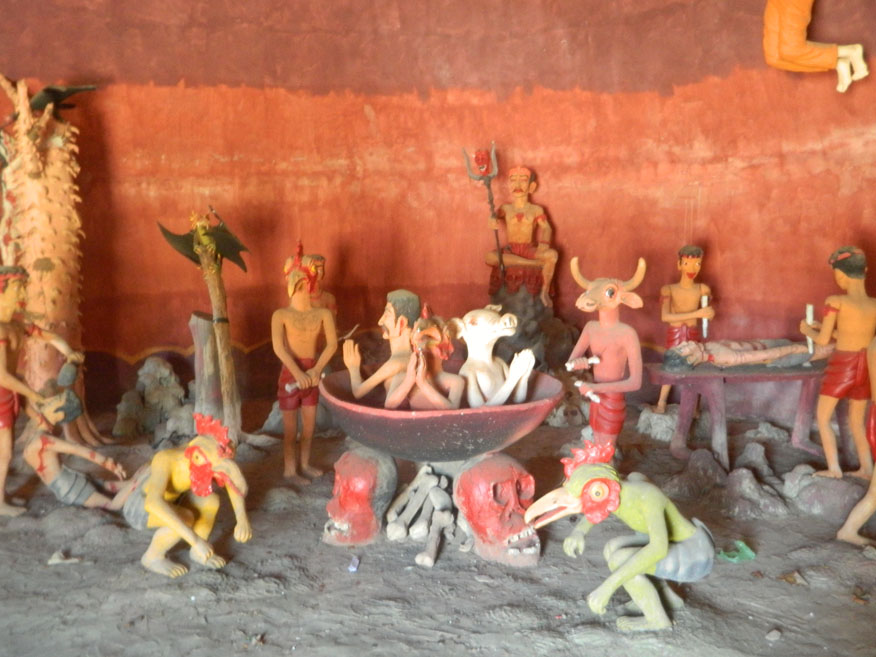
Heaven and Hell Sculptures, Wat Pumin
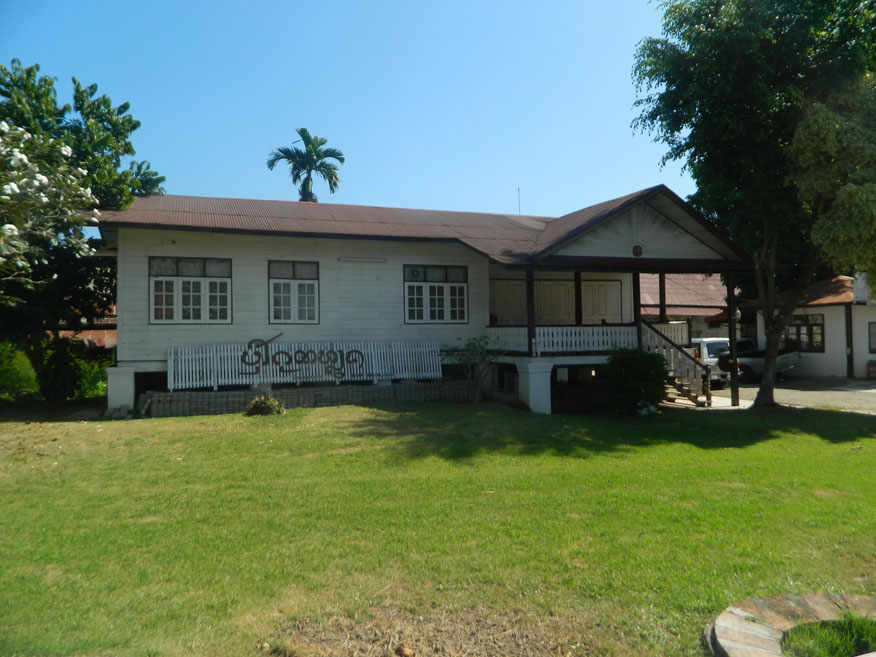
Traditional wooden Building
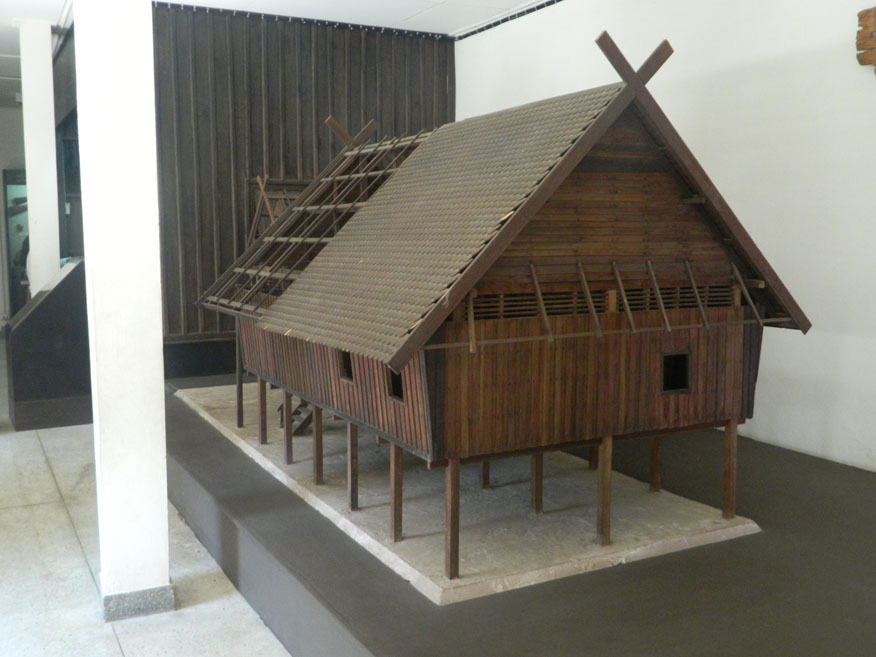
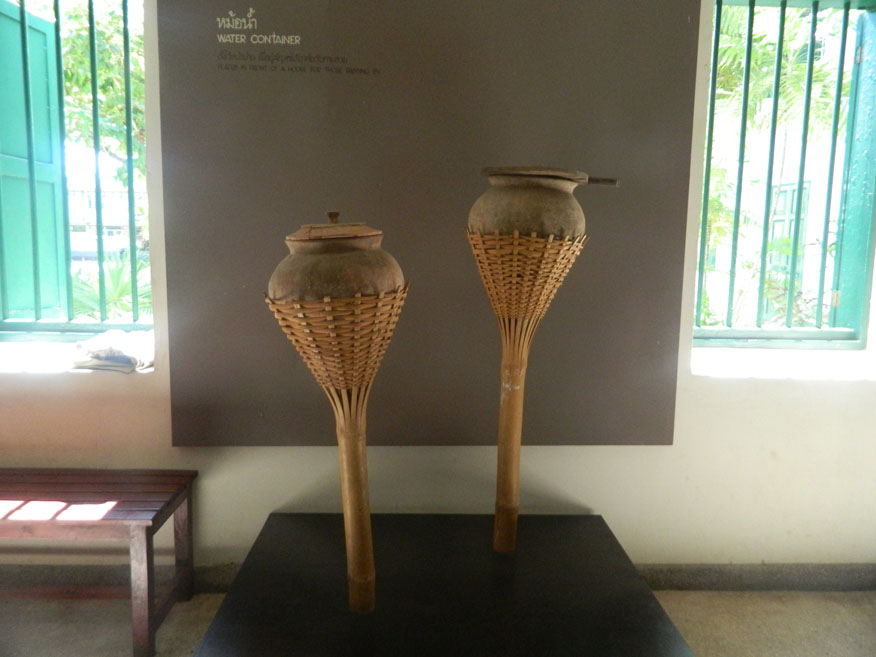
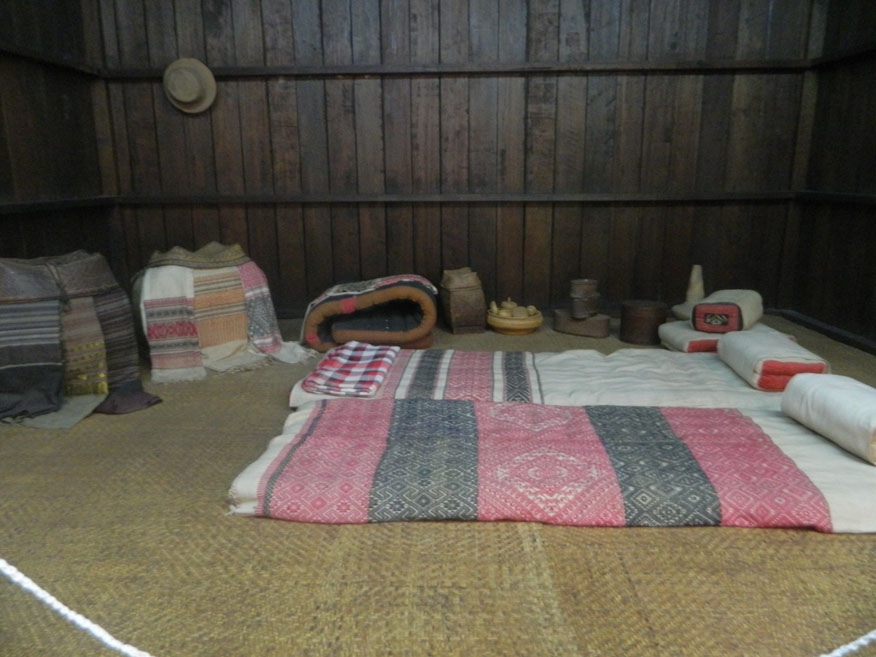
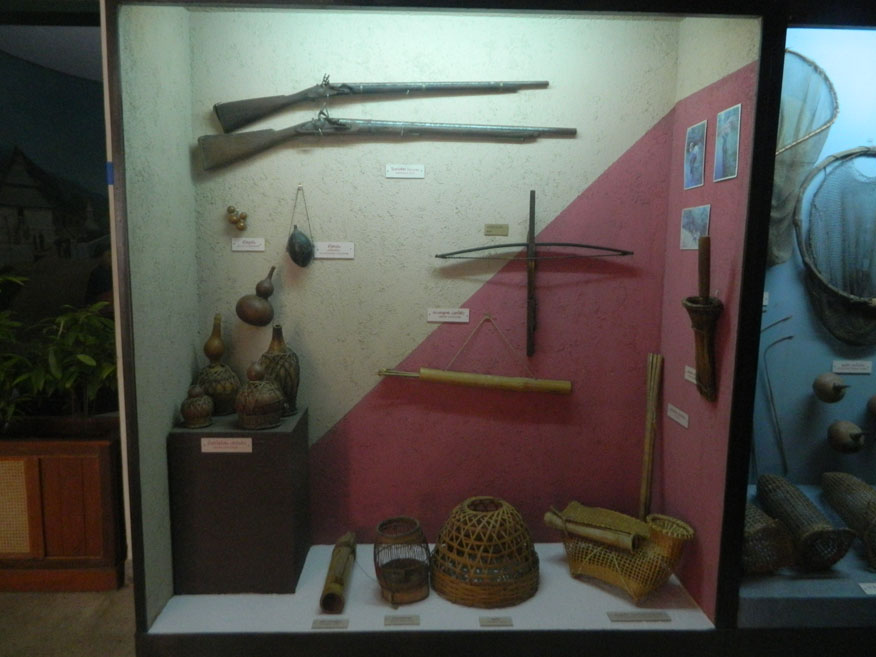
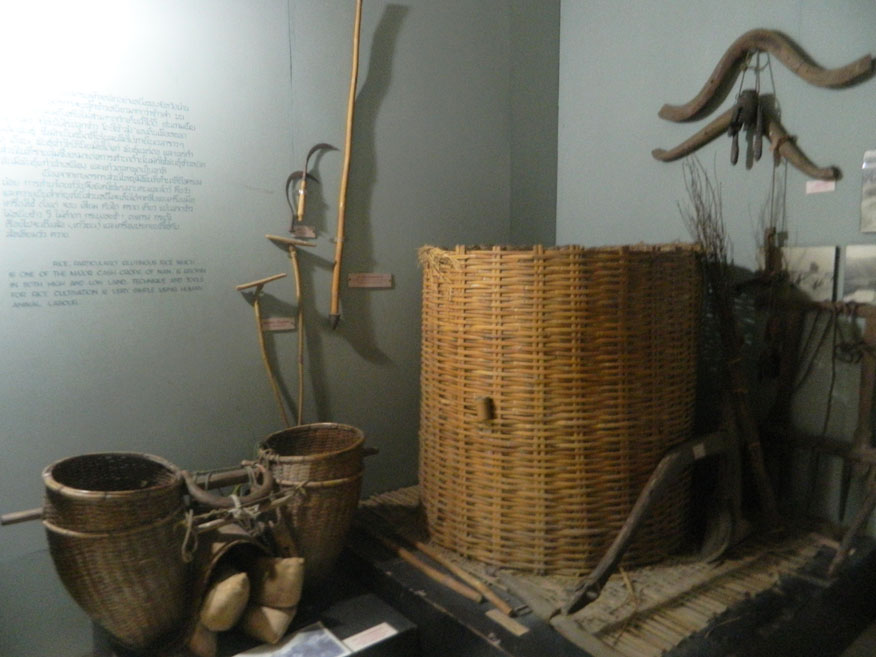
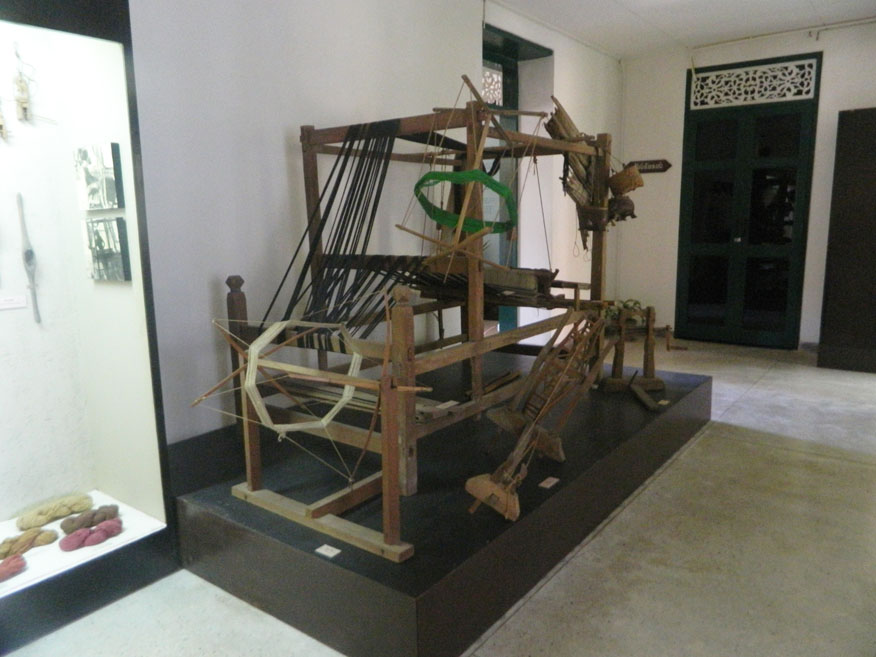
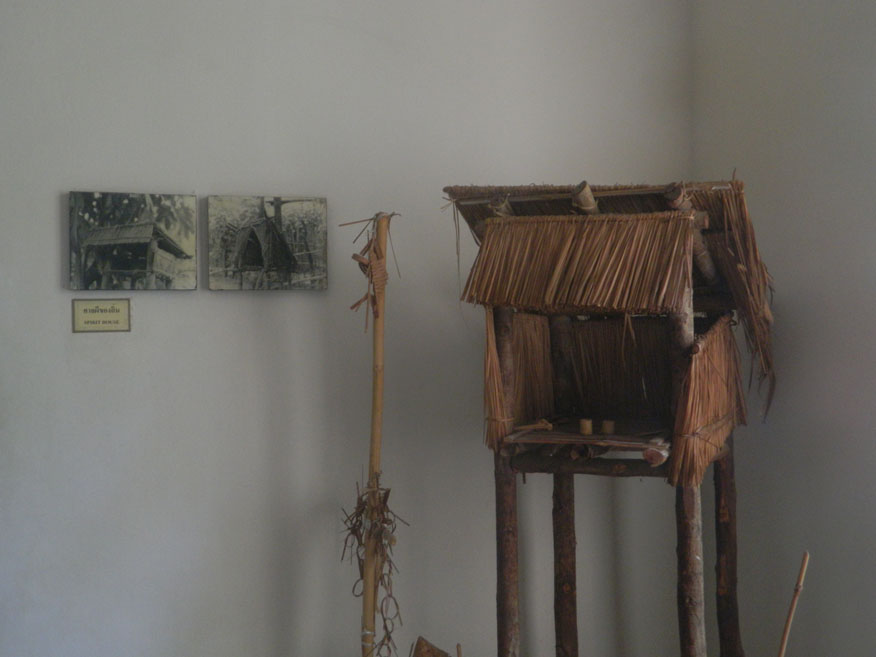
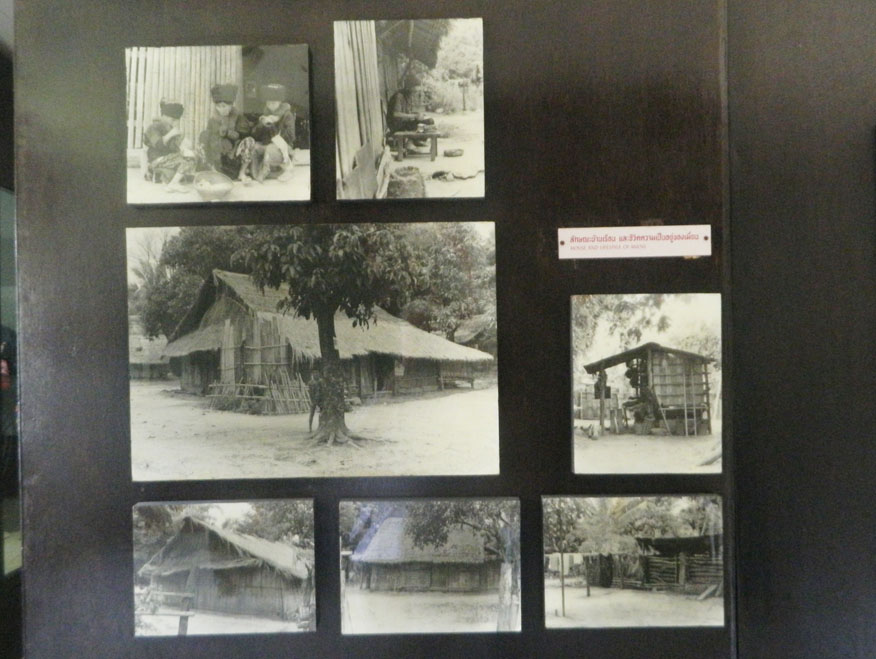
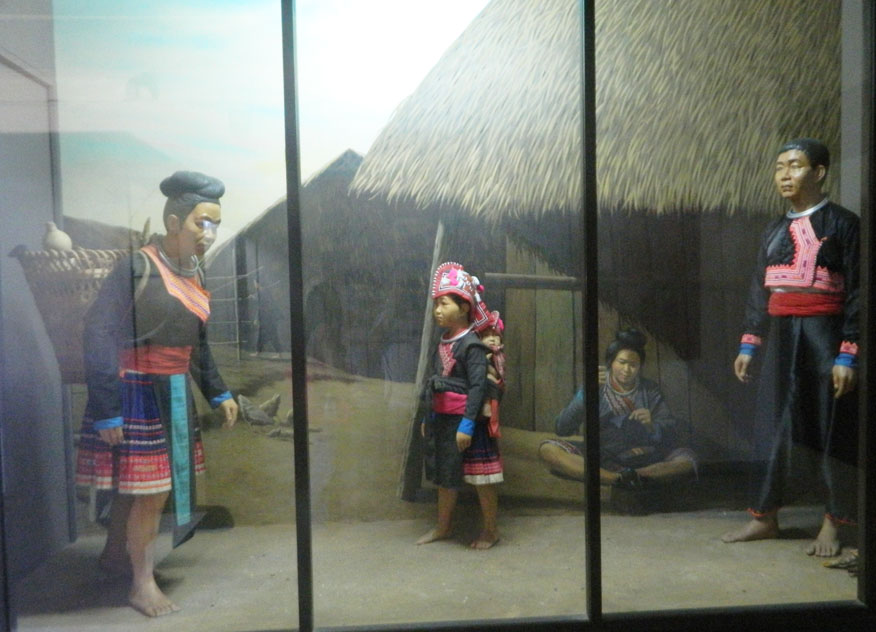
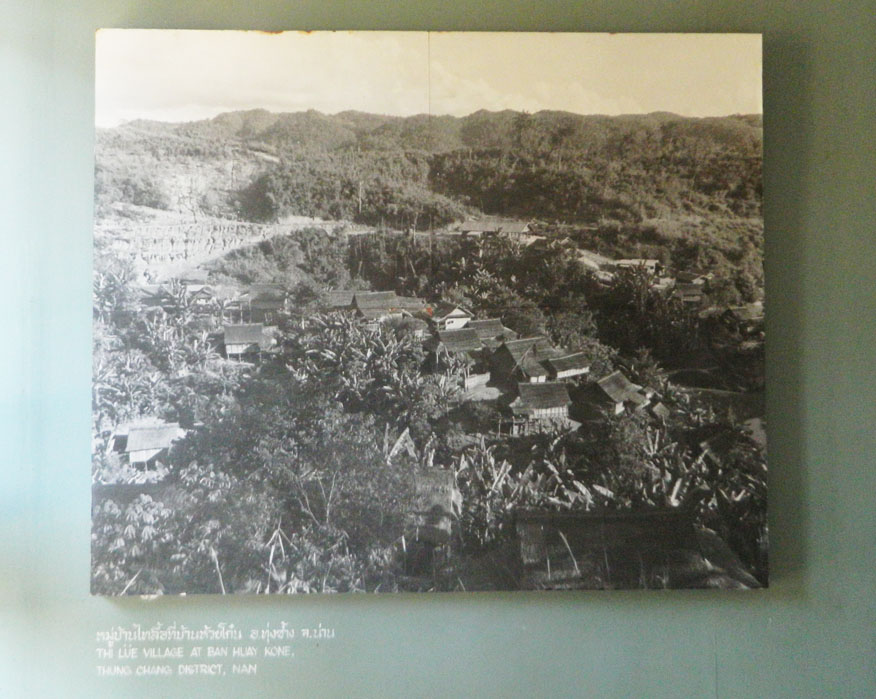
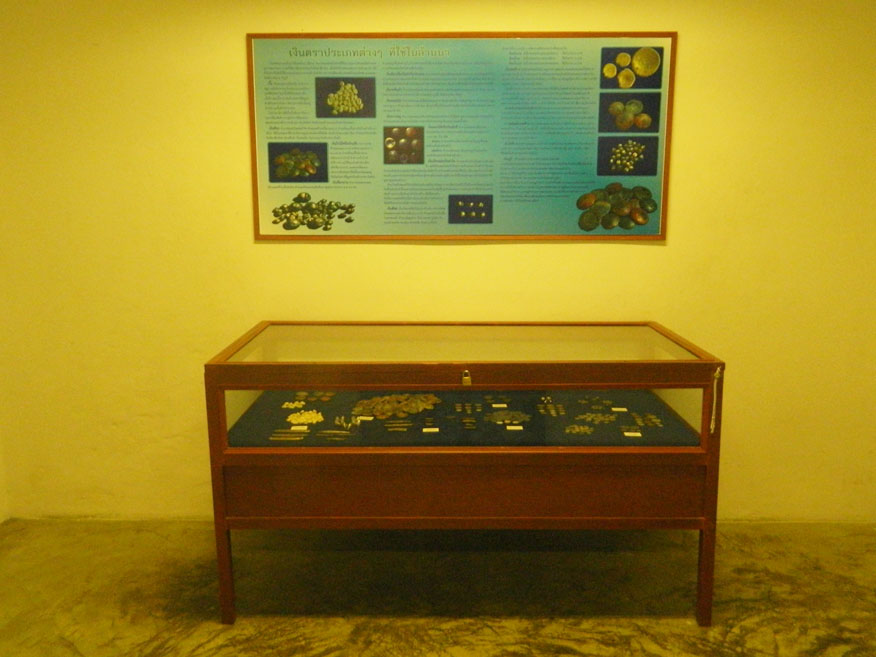
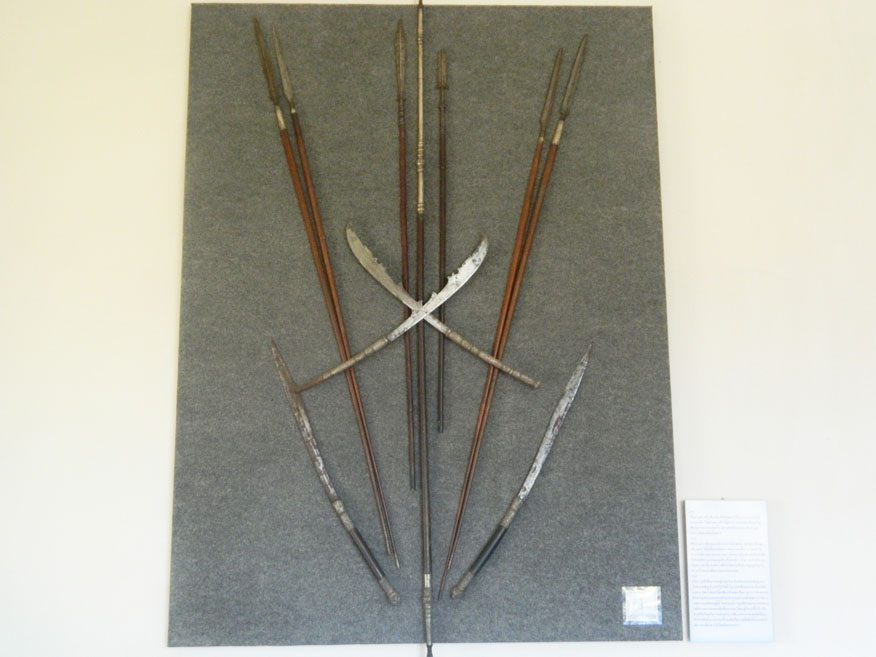
Ethnological Exhibit, ground floor,
Nan National Museum

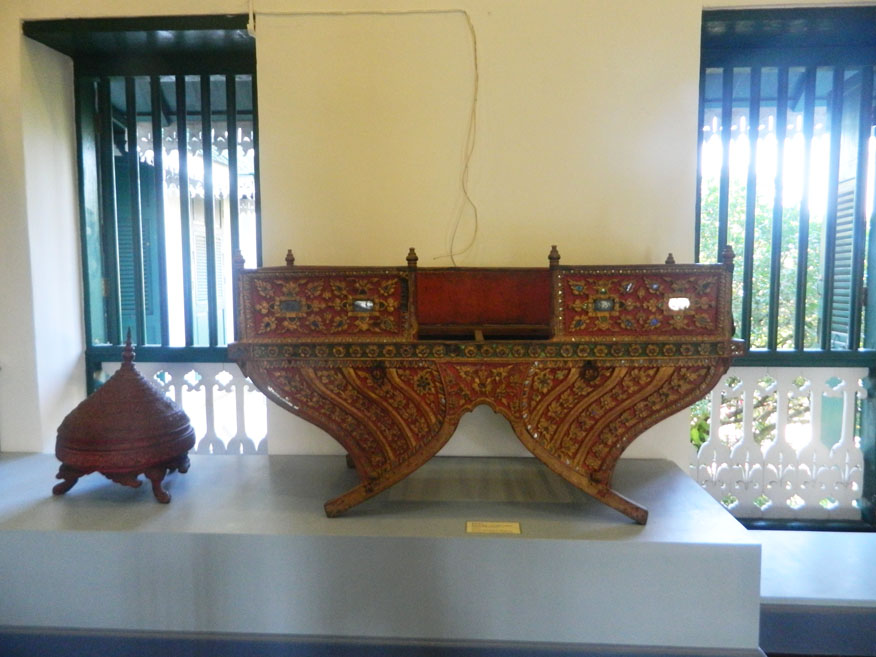
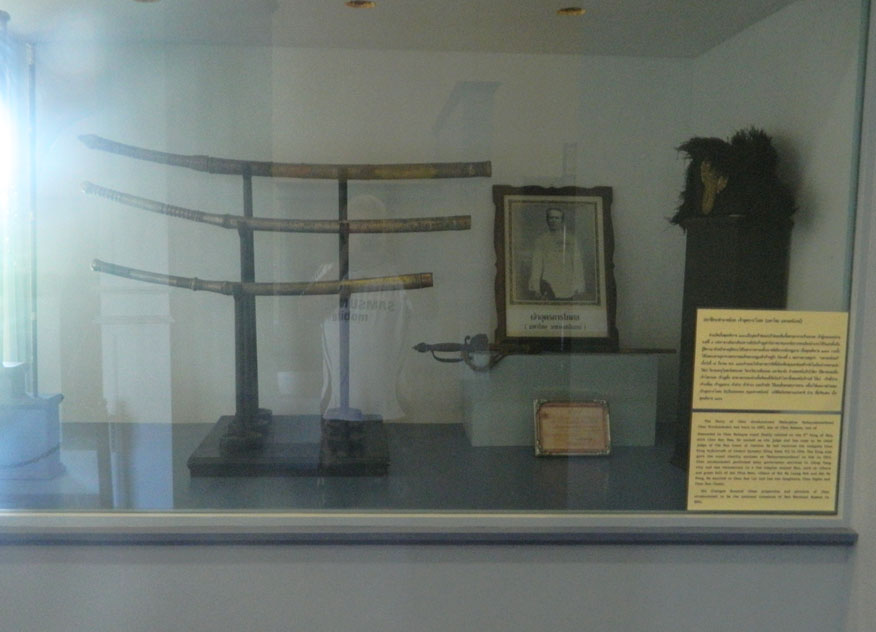
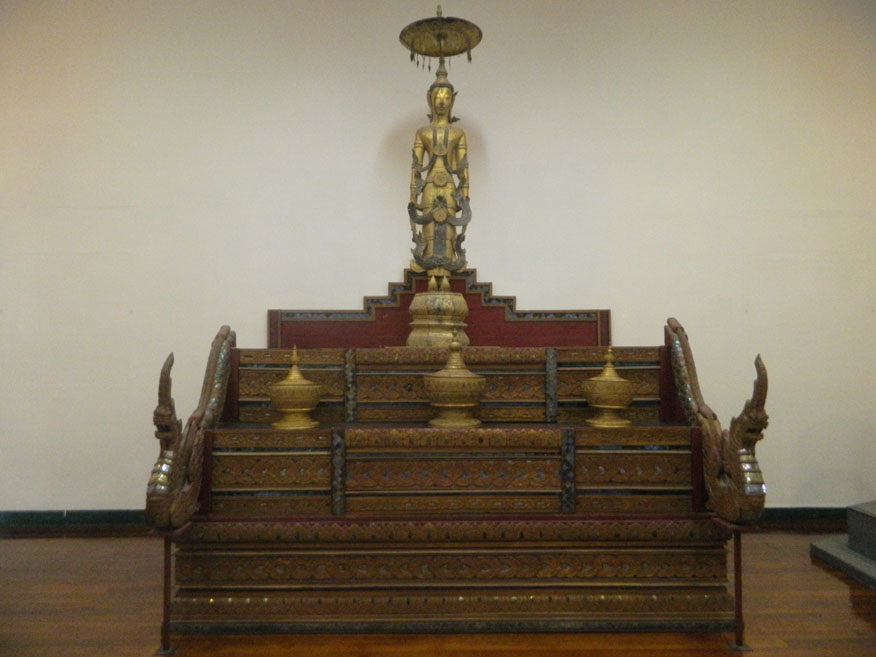
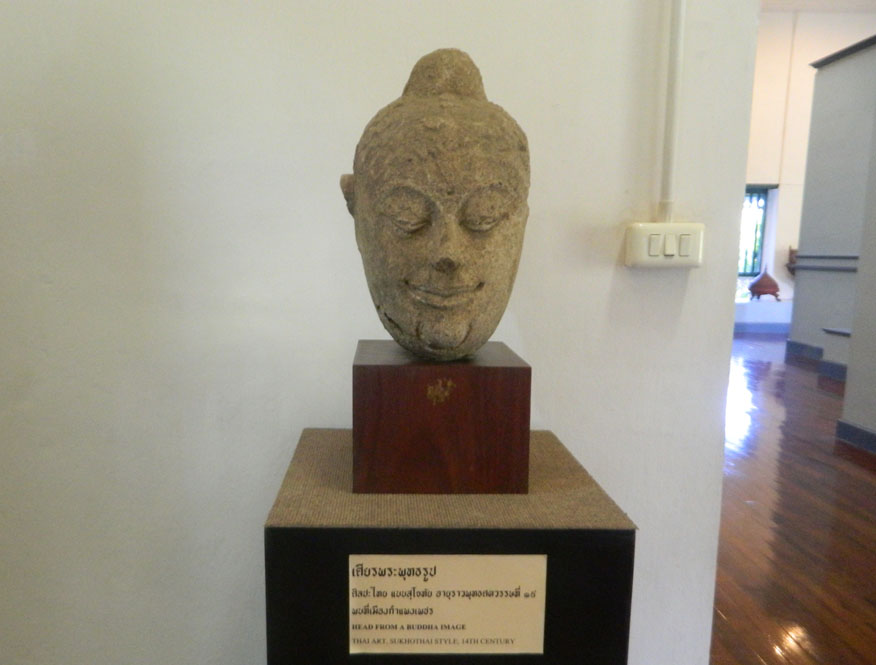
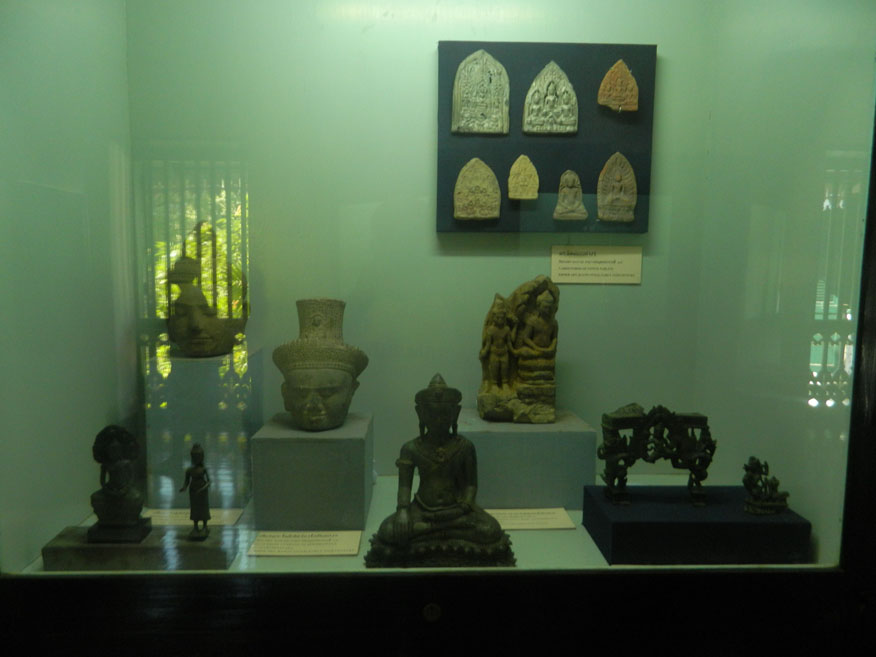
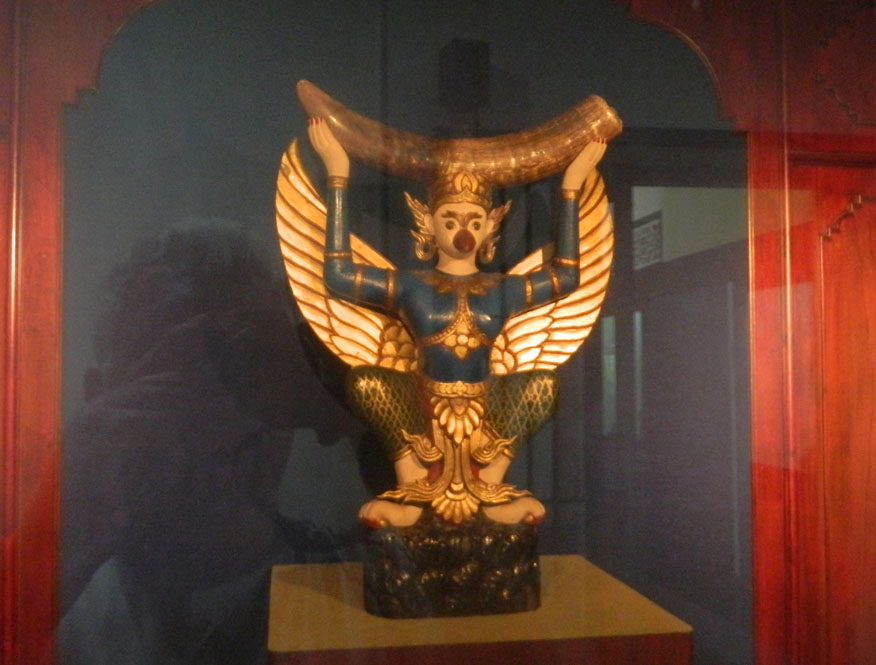
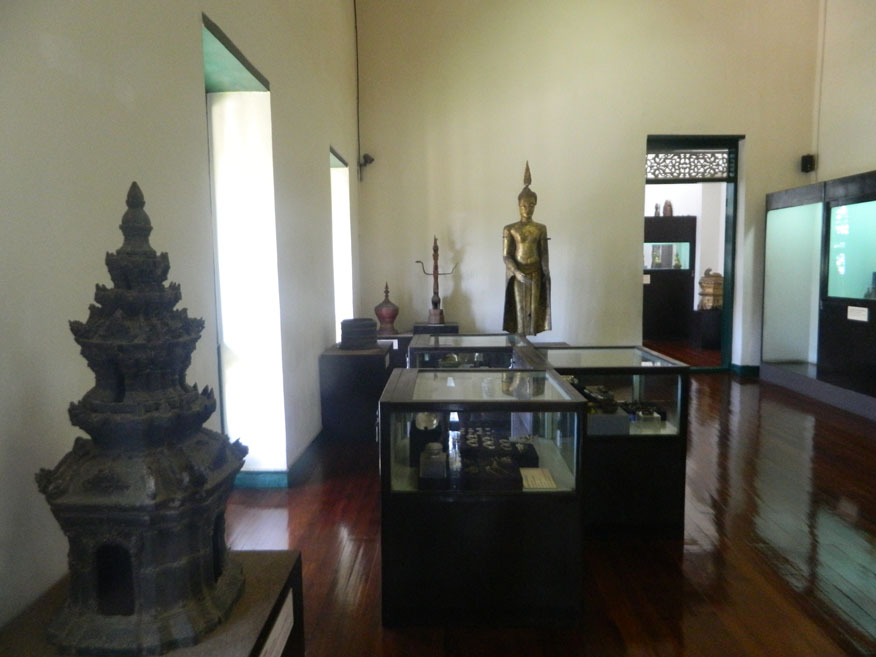
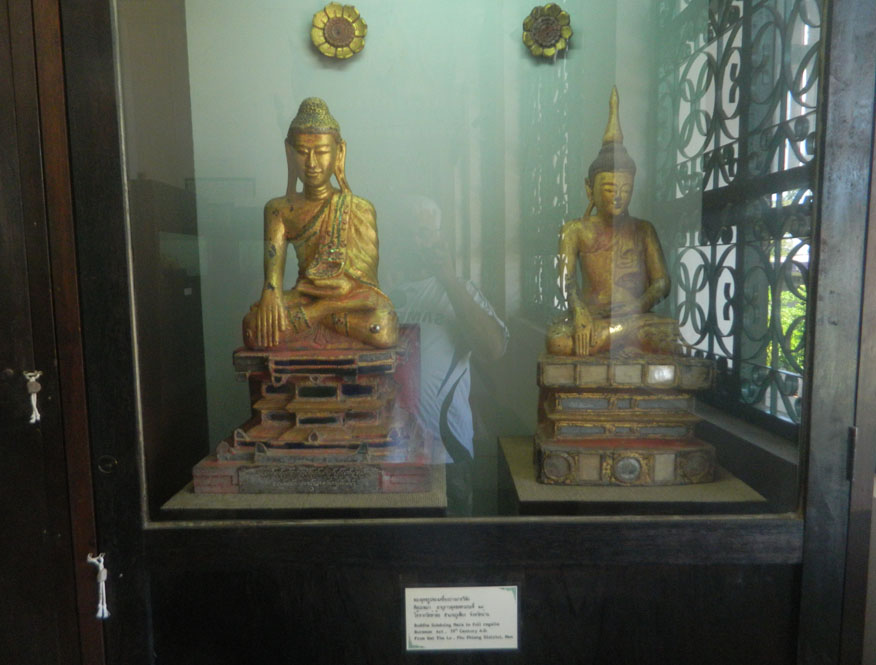
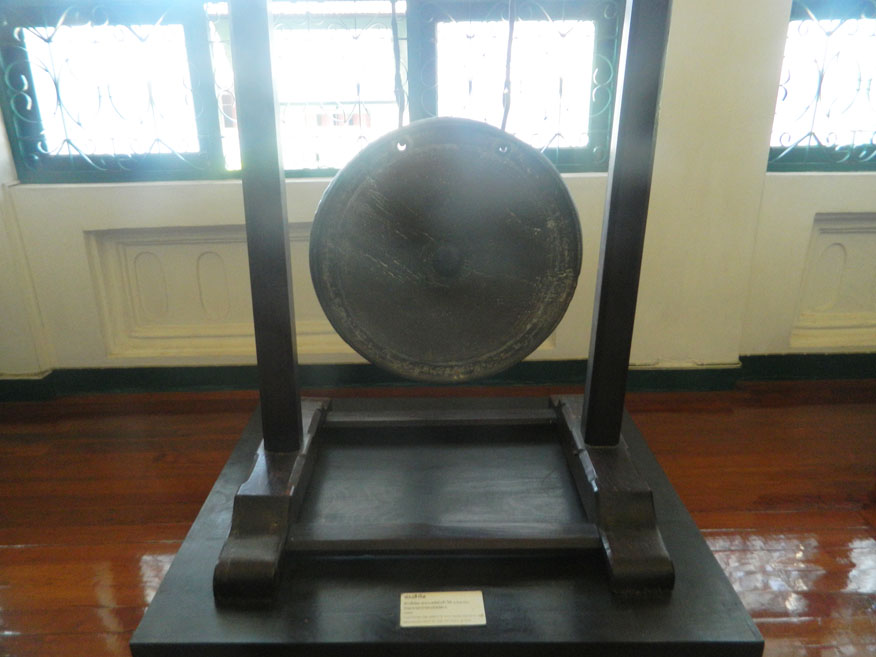
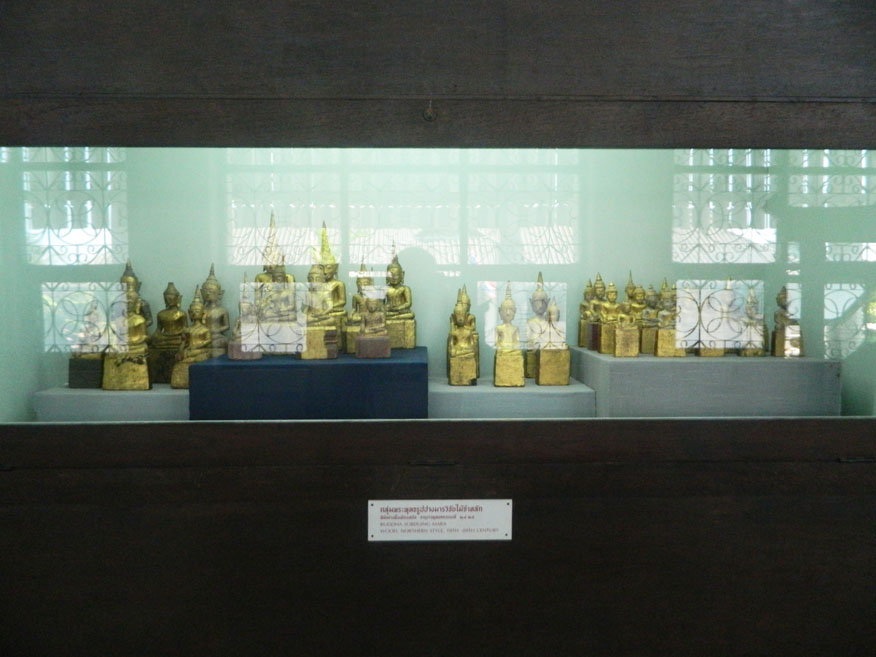
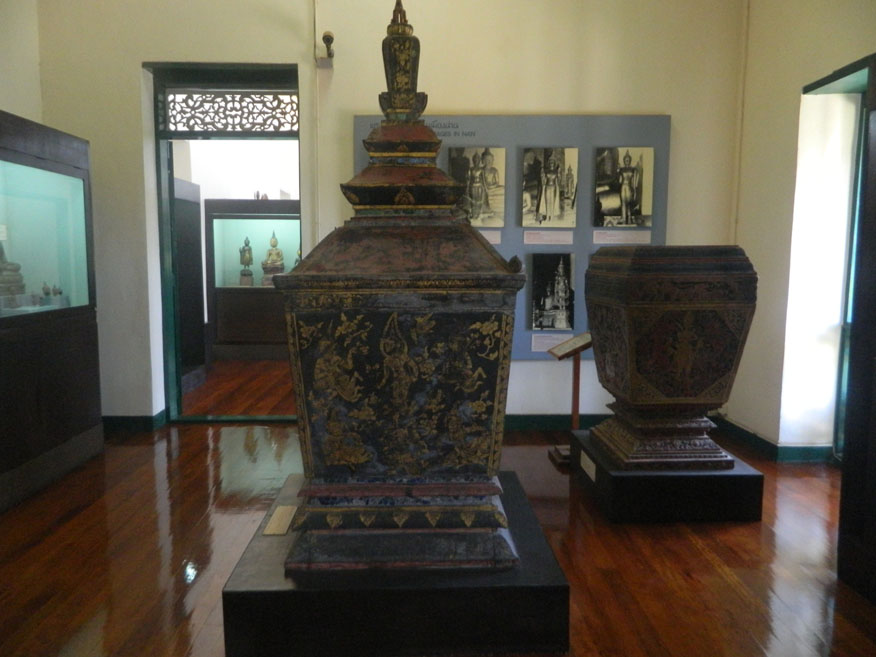

Historical Art, second floor,
Nan National Museum
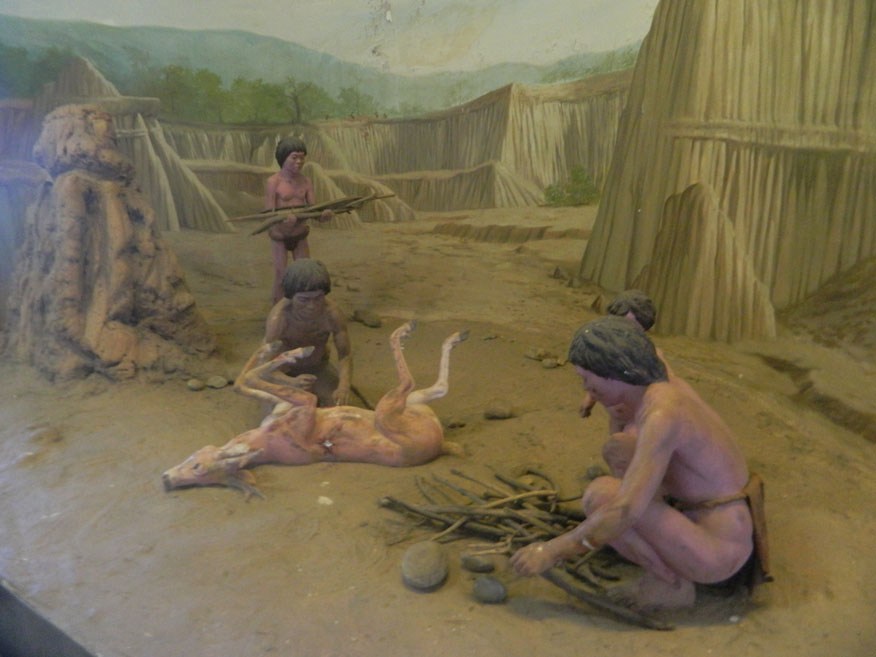
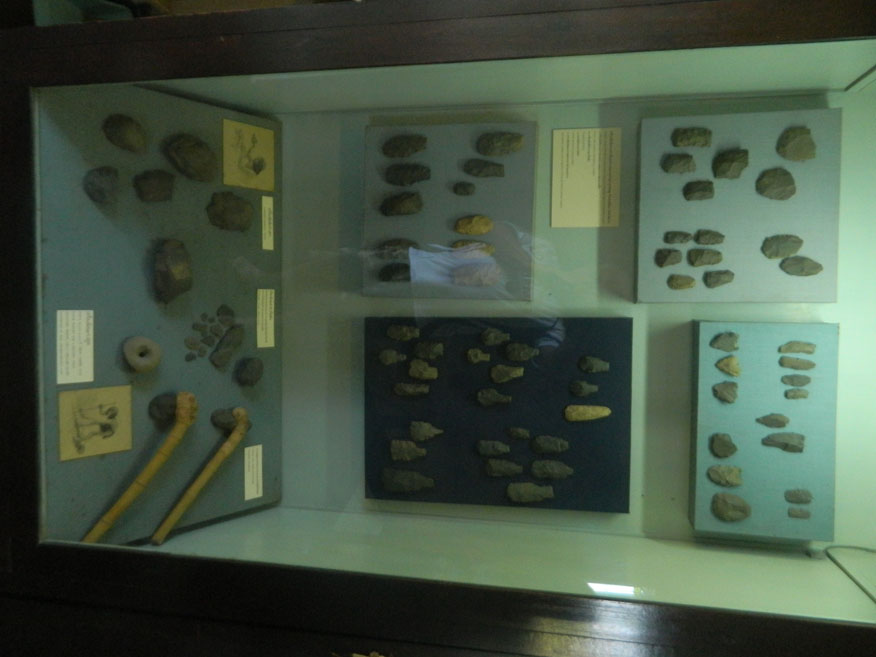
Archaeological Evidence, second floor,
Nan National Museum
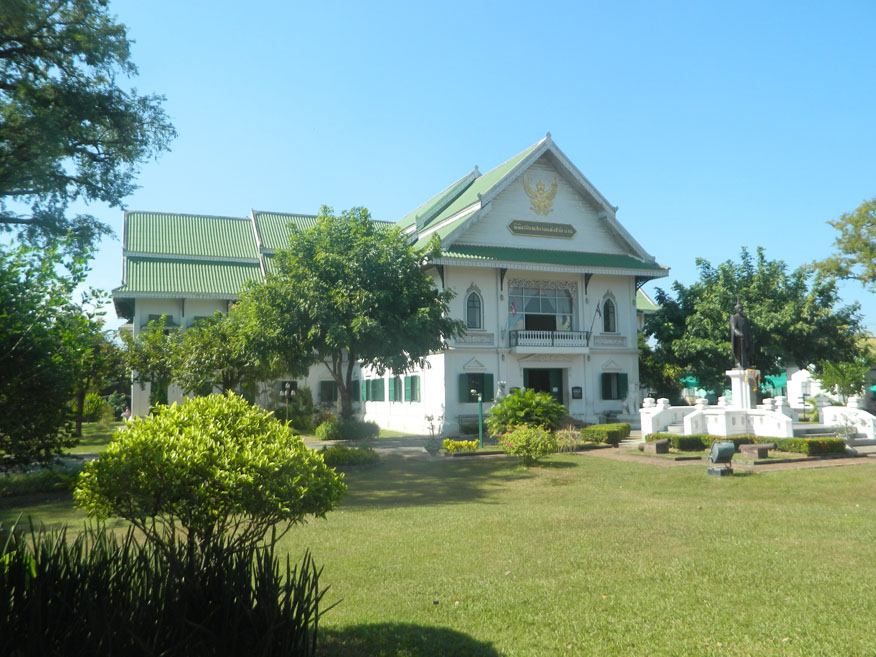
Nan National Museum
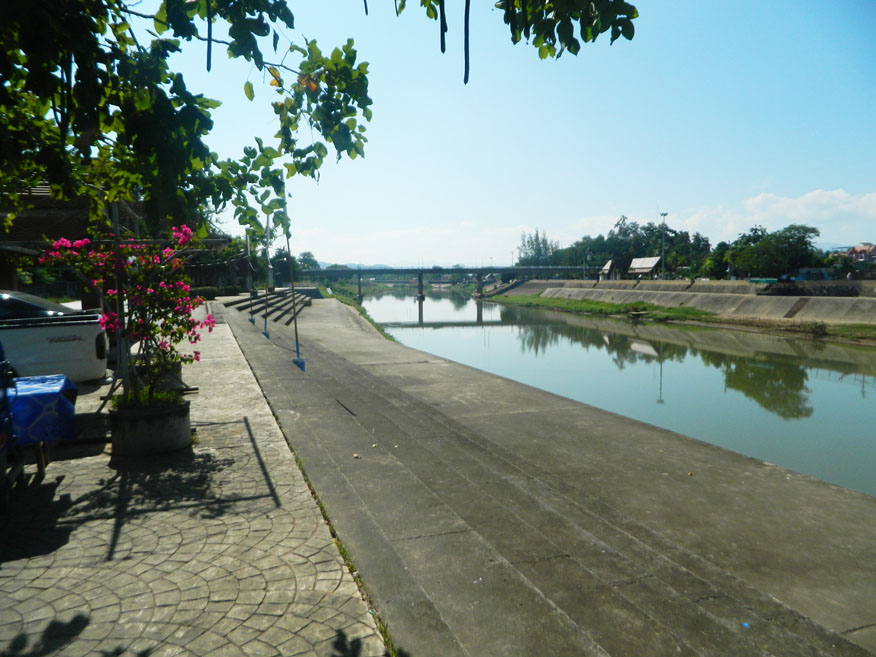
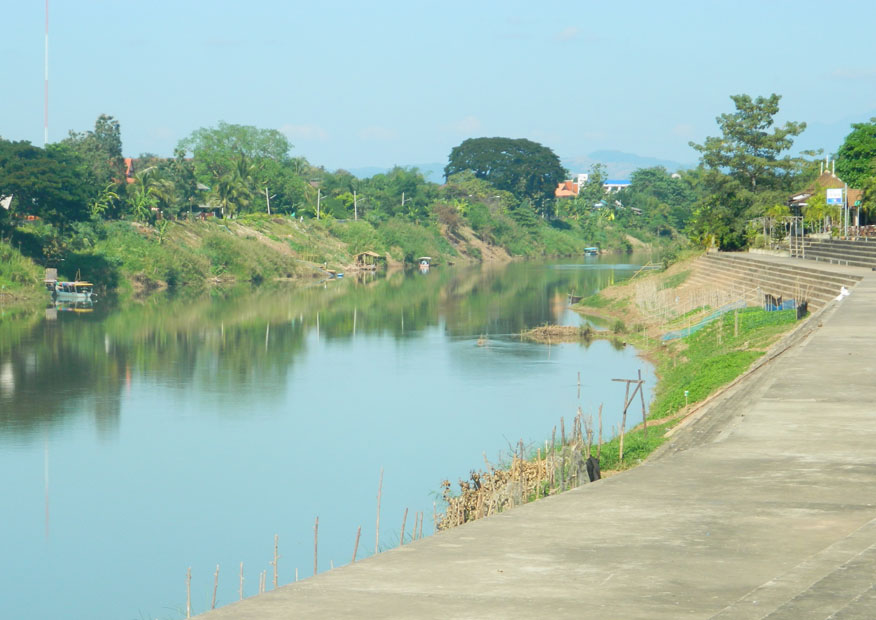
Nan River
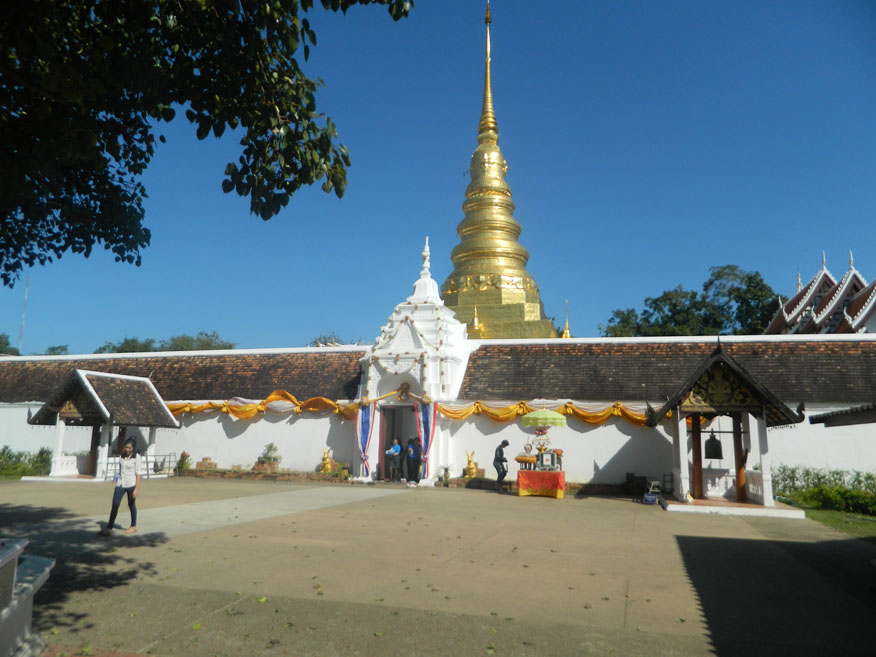
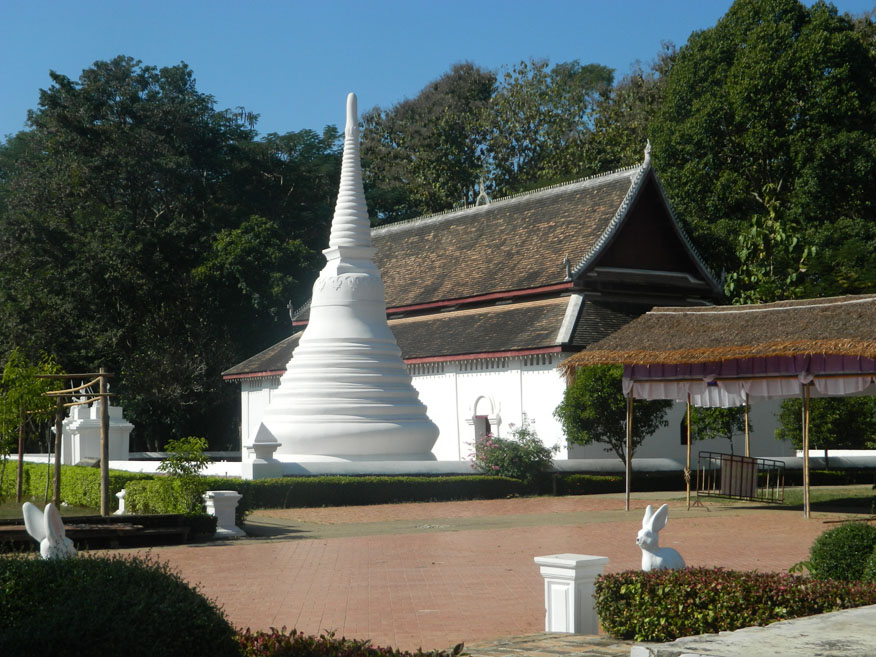
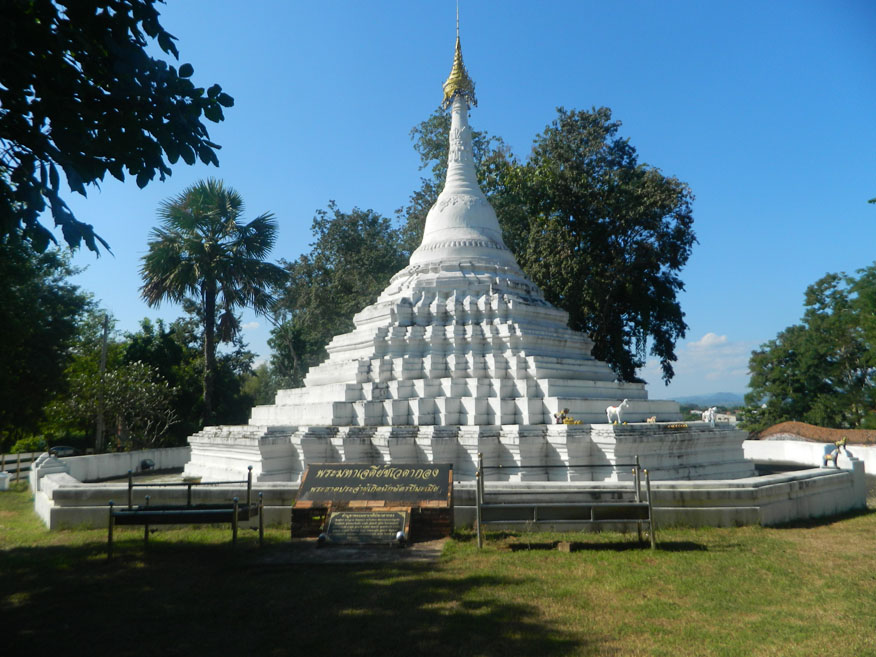
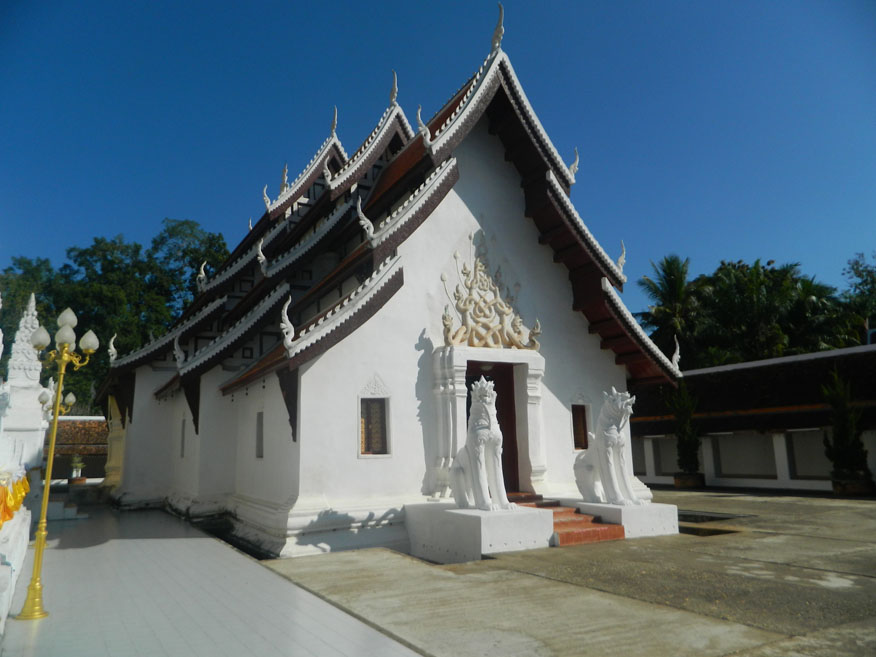
Phra That Chae Hang
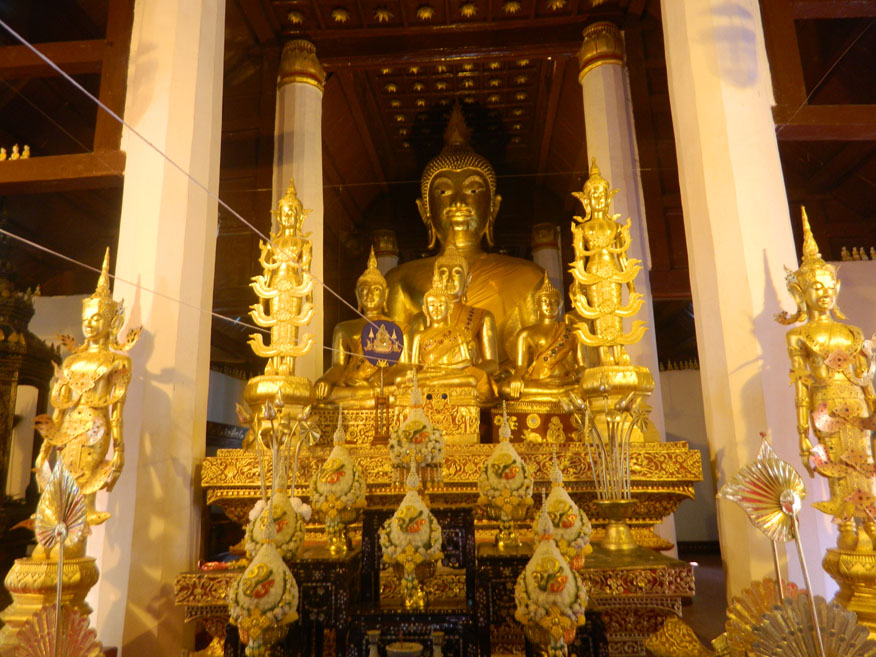
Buddha Image, Phra That Chae Hang
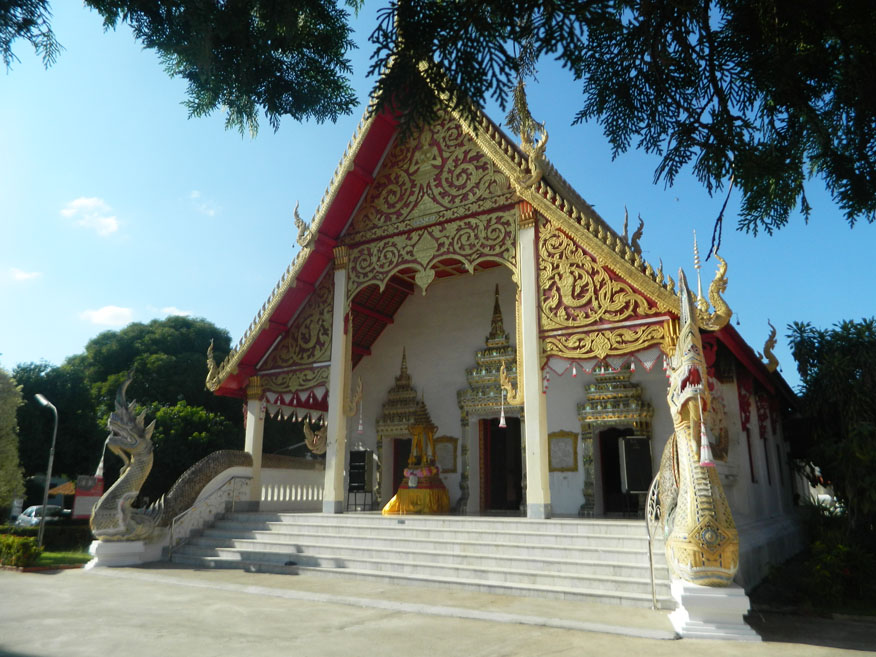
Phra Phaya Phu
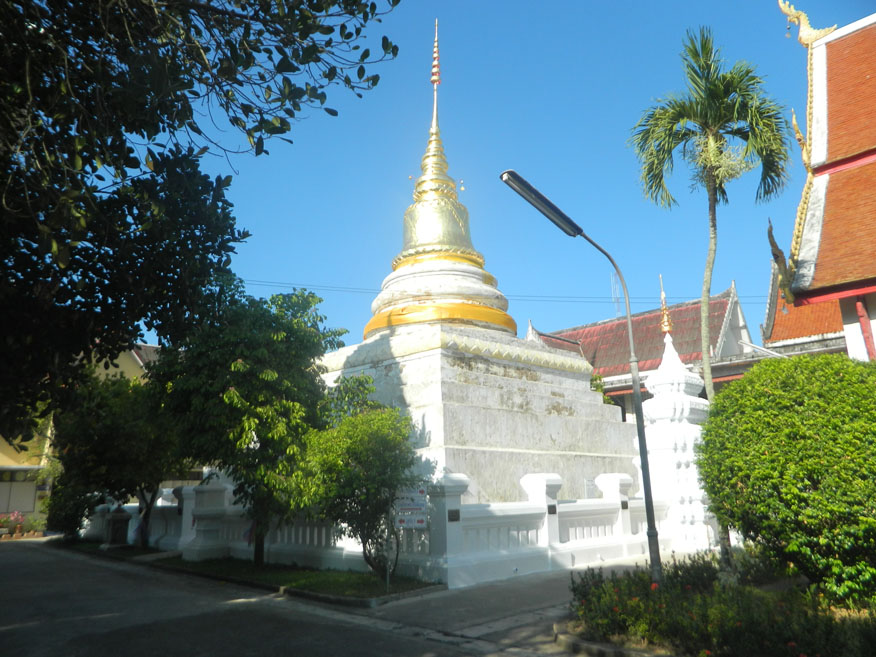
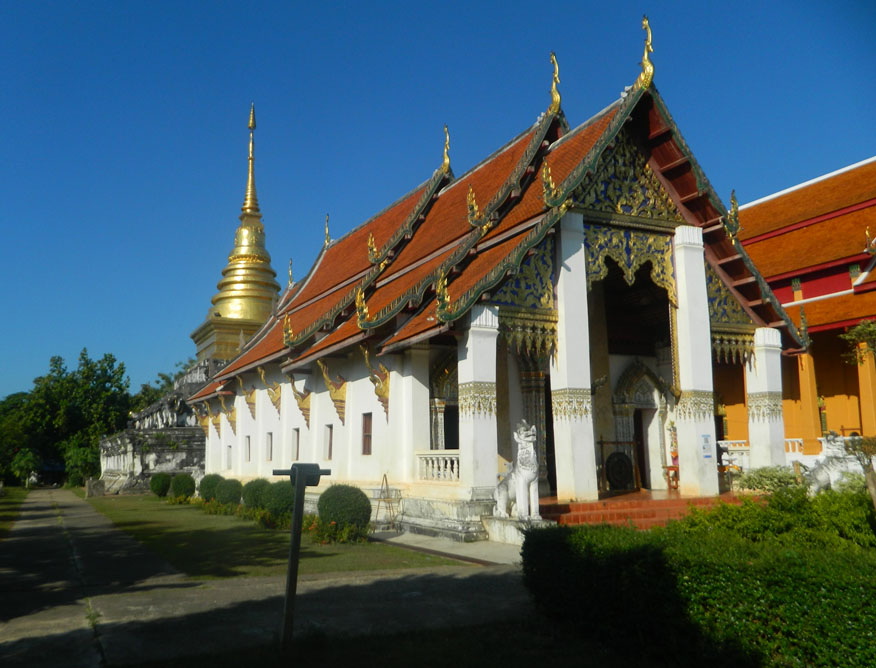
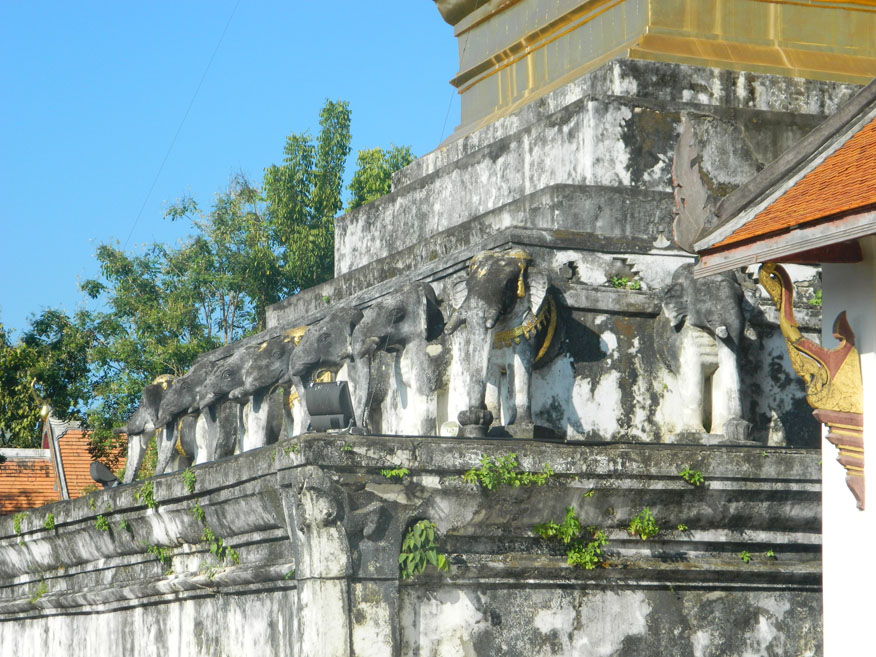
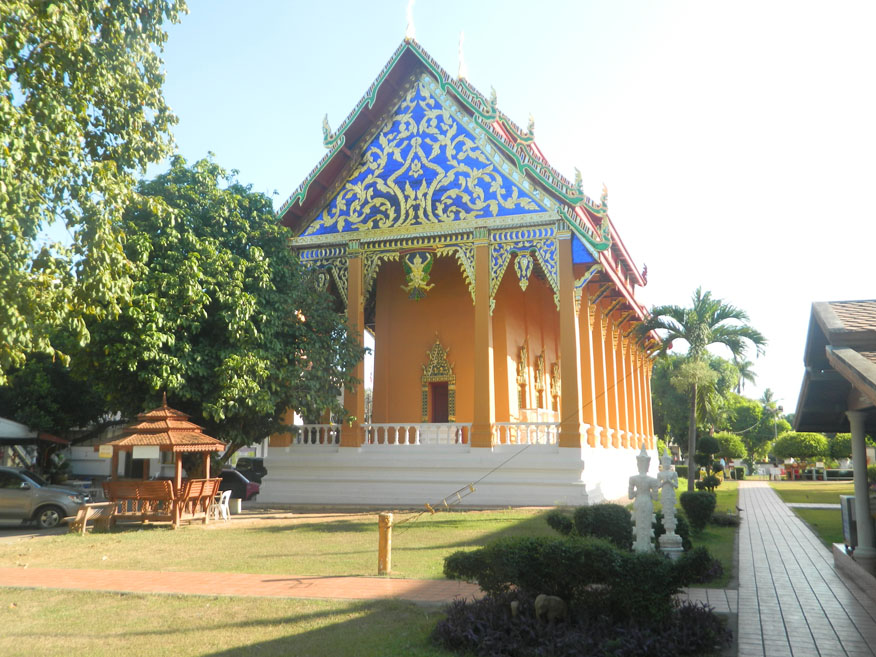
Wat Phra That Chang Kham
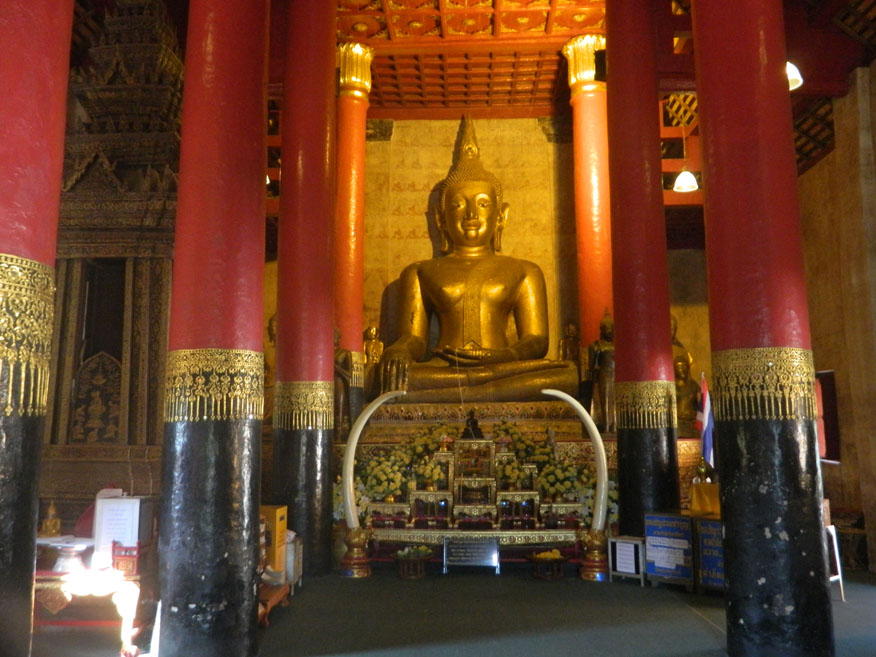

Buddha Image, Wat Phra That Chang Kham
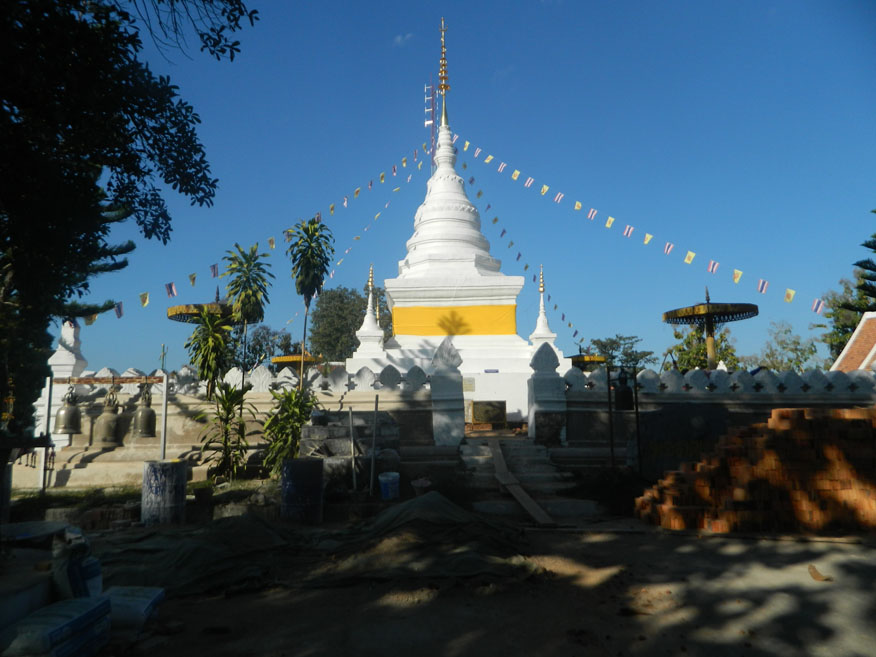
Wat Phra That Khao Noi
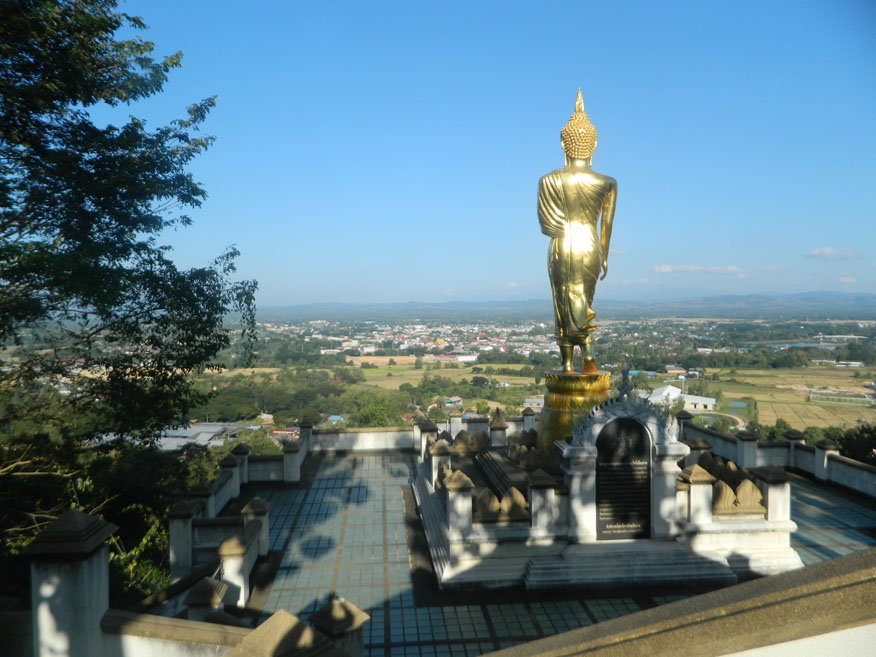
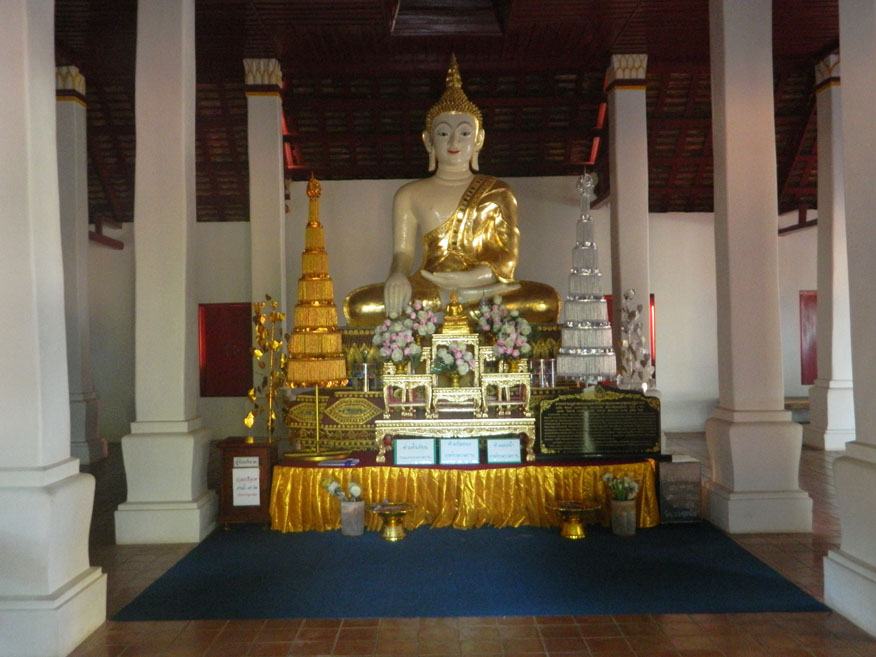
Buddha Image, Wat Phra That Khao Noi